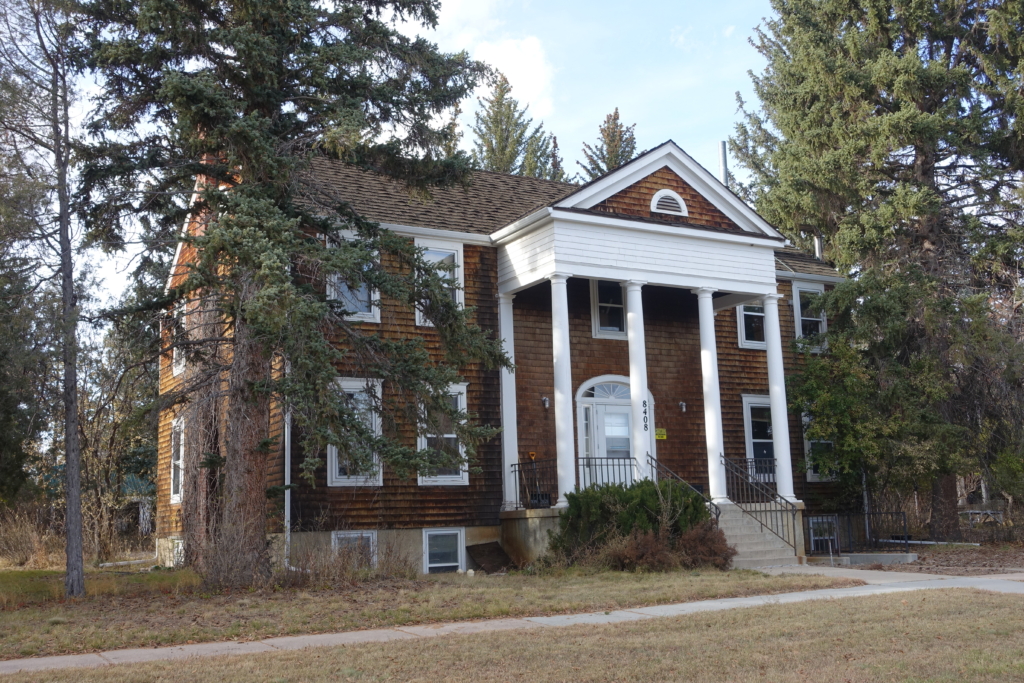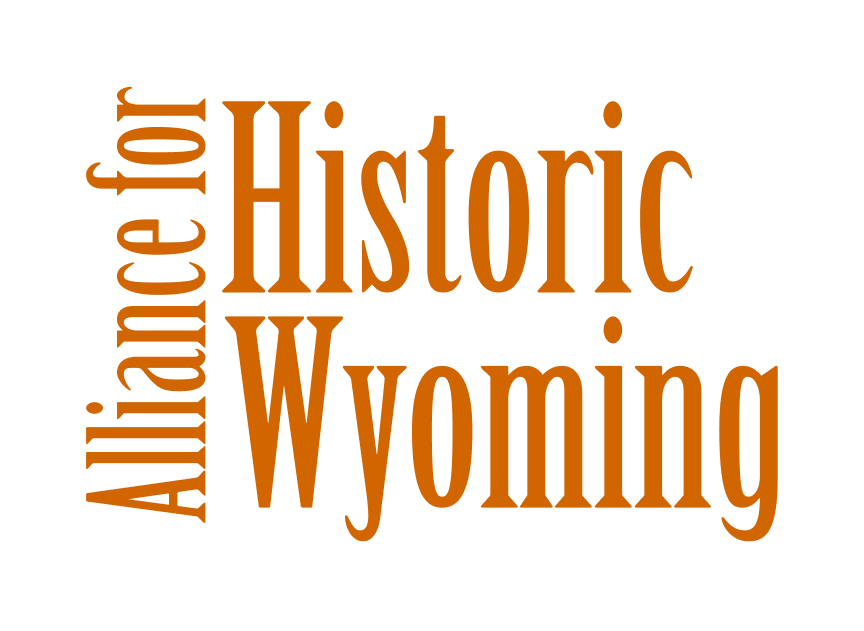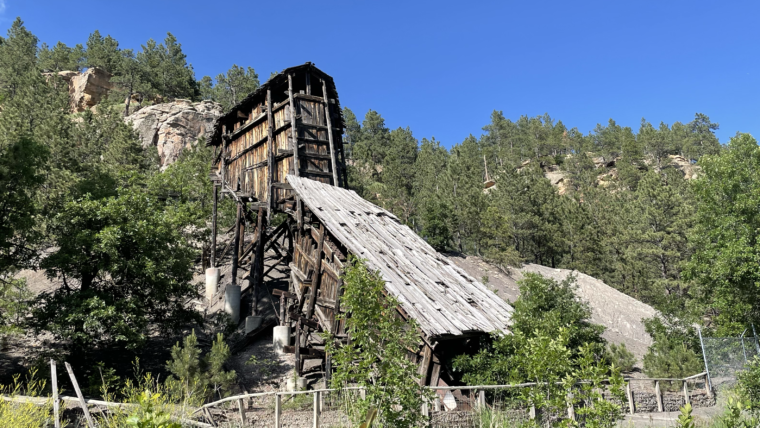The Alliance for Historic Wyoming Watch List brings statewide attention to historic properties in
Wyoming that are currently threatened with demolition or neglect. Properties listed on the
Watch List are significant to Wyoming at the local or state level and have local support for their preservation.
Significance and Threat
- Threat:
- The city has very limited staff and budget for the care of the arboretum, and those limited efforts focus mainly on caring for the living collection of trees. The historic buildings are beginning to decline, two are in desperate need of new roofs, and the city does not have the funding to provide the needed repairs to prevent future damage to the structures.
History
The High Plains Arboretum is part of the former Cheyenne Horticultural Field Station, operated by the United States Department of Agriculture. The research station was authorized by Congress in 1928 to find and develop trees, shrubs, flowers, fruits, and vegetables that could thrive in Wyoming’s tough climate. This research changed the landscape of the state, helped residents establish homesteads, and continues to make Wyoming a more beautiful place. Many trees that were given to landowners and government properties (WY state capitol, VA hospital, highway department, UW, CSU, and more) are still alive today. Horticultural research was coordinated with experimental stations in Laramie, Torrington, Lander, Colorado, Kansas, North Dakota, Oklahoma, New Mexico, and Canada. Shelterbelt research was conducted in cooperation with private farms and ranches all over the state and region.

The station buildings were designed by renowned Wyoming architect William Dubois, who also designed the Wyoming State Capitol house and senate wings, the Agricultural Hall at the University of Wyoming, dormitories at the Wyoming State Hospital in Evanston as well as public buildings and private residences in Douglas, Green River, Basin, Rock Springs, Casper, and Cheyenne.
The research station hosted two Civilian Conservation Corps camps between 1935 and 1942. This depression-era federal program gave work experience and education to unemployed men while improving public lands. Many structures constructed by the camps remain on the station including stone terraces, bridges, campsites, a root cellar, and lath house.

In 1974, the USDA changed the focus of the research to study Wyoming’s shortgrass prairie and changed the name of the station to the High Plains Grasslands Research Station. The grazing research, which continues today, has helped ranchers around the state implement sustainable grazing practices and guides reclamation efforts when grasslands are disturbed by activities like construction and mining.
In 2008, the city of Cheyenne took over management of the station’s arboretum, where trees and shrubs from all over the world were tested to find suitable varieties for Wyoming. The plants that have survived since the horticultural research ended in 1974 have proven to be very tough and suitable for Wyoming’s harsh climate. This treasury of historic trees is cared for by the Urban Forestry Division. The Cheyenne Botanic Gardens has been working to educate the public about the significance of the horticultural research conducted at the station and propagate the historic plants to make them more available to the public.
Contact Information and Call to Action
- Possible solutions: The city is seeking a partnership with Wyoming State Parks to designate the station and arboretum as a state historic site. This would begin a cooperative agreement between the city, state parks, the USDA and other entities to restore the historic buildings and improve access for visitors. With a restored greenhouse, trees suited for Wyoming can be grown for use by state forestry, local conservation districts, and homeowners to continue to beautify the state in the future.
- Calls to action: The bill designating the state historic site will go before the state legislature. Members of the Travel, Recreation and Wildlife Committee and Joint Appropriations Committee will consider the bill during the interim meetings this Summer and Fall. Please contact your legislators and encourage them to support the bill.
- Contact Information:
- Local contact: Jessica Friis, horticulturist, Cheyenne Botanic Gardens:
- (307)287-1953
- jfriis@cheyennecity.org
- More information:
- Cheyenne City Website: Arboretum
- High Plains Arboretum, a book about the history of the horticulture station is available online and at the Cheyenne Botanic Gardens gift shop
- Wyoming State Parks seeking public input.
- Local contact: Jessica Friis, horticulturist, Cheyenne Botanic Gardens:
Support the Alliance
You can help the Alliance for Historic Wyoming in our efforts to preserve historic places and spaces across the state of Wyoming with advocacy, awareness, and action. The Watch List is meant to bring attention to historic locations in danger, and work is necessary to attempt to save them.
Subscribe to our Newsletter to keep track of advocacy alerts and other ways you can help in our mission, and please consider donating so we can continue this work. You can also become a member or volunteer to get involved in historic preservation of Wyoming’s buildings and sites that connect us to the past.



